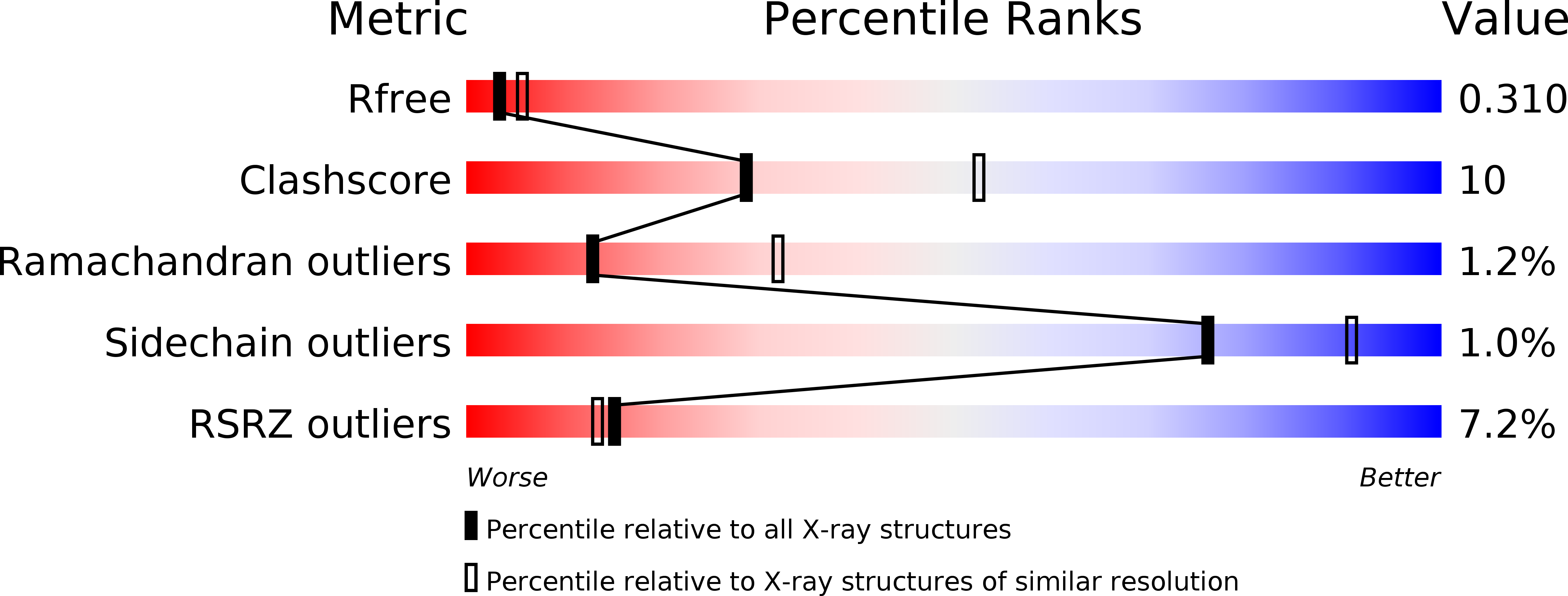
Deposition Date
2015-03-27
Release Date
2015-04-22
Last Version Date
2024-11-13
Method Details:
Experimental Method:
Resolution:
2.70 Å
R-Value Free:
0.28
R-Value Work:
0.22
R-Value Observed:
0.22
Space Group:
P 41 21 2


